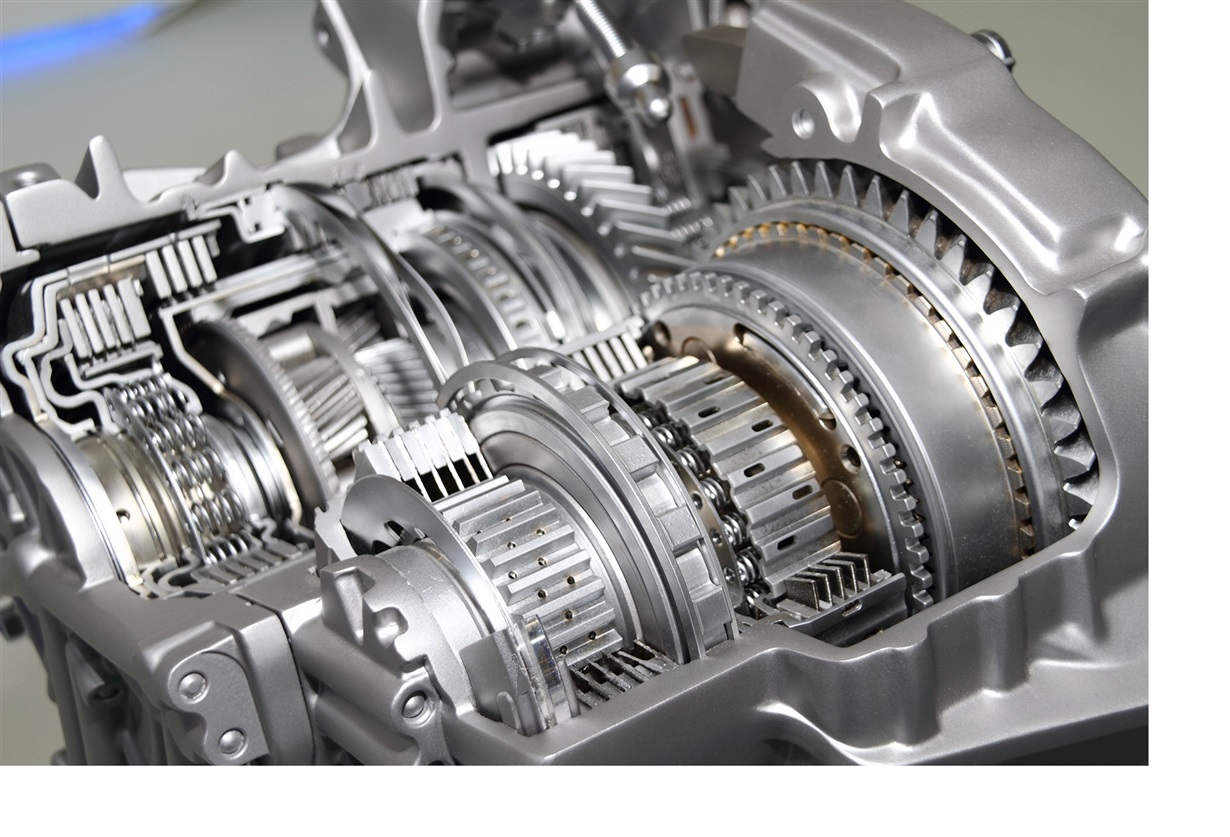SSZTAP5 october 2016 DRV8305-Q1
The switching of the three-phase inverter needs to be controlled by digital logic – typically a programmable microcontroller (MCU) - to regulate the torque or velocity of the motor while maximizing the efficiency (required torque with minimum current usage). With the use of hall sensors on the motor it is reasonably straight forward to control a BLDC motor using a six-step (trapezoidal) commutation control technique with limited digital logic resources (a very small programmable MCU or even a hard coded ASIC).

This six-step approach has some limitations surrounding torque inefficiency:
- The six-step trapezoidal switching is producing stator magnetic fields in only one of six orientations, while the motor efficiency would be maximized if the stator magnetic field could be created in a specific synchronized orientation to the constantly moving rotor magnetic field.
- The switching between these six states causes ripple – a momentary reduction and then correction – of the torque being produced by the motor. This affects the quality of the velocity control and can even impact audible noise.
- Dynamic performance (ability to adjust torque creation to meet the instantaneous load requirements) is then affected.
- Efficiency is further reduced in many motors by these trapezoidal (square) voltage waves being applied to motors which are typically wound (primarily for production cost reasons) to produce sinusoidal back-emf voltage. Most motors run more efficiently and effectively when driven with sinewaves instead of square waves.
An approach that works better for most of these motors is called Field Oriented Control (FOC). In FOC, you can produce a stator field that is oriented and synchronized to the rotor field, which maximizes torque production. The transition between stator states is smooth, removing torque ripple and improving the dynamic performance of the system. The voltages seen by the motor phases are sinusoidal, enhancing efficiency. FOC isn’t that much more complex than six-step BLDC. It measures at least two phase currents instead of one bus current; does some additional math calculations; two proportional-integral (PI) current controllers instead of one; and a few more calculations for the pulse width modulation (PWM) generation.
However, there is the issue of the rotor sensor. The hall sensors used in six-step BLDC do not give enough accuracy on the position of the rotor magnetic field location for FOC. Further, hall sensors have some upfront costs (including additional wiring and voltage requirements), as well as lifetime costs due to their low reliability and high system failure rate. Additionally, some applications simply can’t use hall sensors due to mechanical limitation (e.g. compressors). A solution could be to use a different type of rotor magnetic sensor. Digital encoders (often used in high precision servo drives) and analog resolvers (often used for the EV propulsion motor) give the resolution required for FOC, but are expensive and impractical compared to simple hall sensors. The only solution then is Sensorless FOC.
Sensorless FOC rely on software algorithms to estimate the rotor magnetic field position (and often rotor velocity) based on the currents and/or voltages in the inverter. Sensorless rotor position estimators (or observers) have been theorized, developed and in use for over 25 years. But their practical implementations have pretty much been constrained to those companies with extensive investment in creating this expertise (AC drives, industrial motor control, some advanced appliance and automotive). At TI, we have been providing software libraries and system examples of Sensorless FOC for 20 years. Through this process, we have realized some significant limitations of the conventional Sensorless FOC solutions available from semiconductor suppliers (including our own). Therefore, we created a new software observer (FAST) and control solution (InstaSPIN-FOC) which solves these challenges.
InstaSPIN-FOC capability is made available through use of an on-chip library integrated into three members of TI's 32-bit real time Piccolo™ MCU controllers. Piccolo MCU devices are widely used in industrial and automotive applications and are available in industrial (-40 to 105C) and AEC automotive Q100 (-40 to 125C) temperature grades. The quickest way to get started spinning your motor is to purchase an InstaSPIN-FOC enabled three-phase motor control evaluation module of the appropriate voltage and current level.
Learn more:
- Download the motor control whitepaper for your EV device
- Read our whitepaper: Intelligent battery management and charging for electric vehicles
- Read more about DC/DC battery conversions
- Read our blog series on motors in electric vehicles